Visual Observation
Unaided eye observation of meteors is easy and a good way to learn the constellations so great for beginners.
Planning:
Use the meteor diary on this page to plan when to observe. A dark site is preferred as light polluted skies will flood out the numerous faint meteors and reduce meteor rates observed, so consider driving to a darker site.
Print off the radiant map from the BAA Meteor Section, if the meteor can be traced back to this area then it is from the shower otherwise it is a sporadic, note if you are observing before or after the predicted peak then an adjustment is needed and these can be found in the BAA handbook. Make sure you can recognise this area in the sky when you actually observe.
Equipment Check list
- Norton’s 2000.0 Star Atlas
- Report Sheets
- Watch or clock – accurate to better than 30s and corrected just before you observe (remember to log observations in UT – get in the habit of always writing ‘UT’ after the time to remove any doubt later
- Red torch
- Several soft pencils (and a sharpener)
- mp3 player with voice recorder can be useful to note anything special, start recording, do a time check in the microphone and keep recording for the whole night, regular spoken time checks will help later, this gives you a datum if you need to check your log or if you are describing the meteors and want to log these descriptions.
- Deck chair, there is nothing worse that standing up all night with your head back, sit laid back in a nice deck chair.
- Warm Clothing – and a blanket (don’t nod off though!)
- Food and a flash of hot drink.
- A stick about 600mm in length, to help trace back the meteor.
- Clip board
Observing tips:
- Patience. You might face long intervals between meteors (or clouds – remember to note if it is cloudy).
- Concentration. Faint meteors are observed not just ‘seen’, they are easy to miss if you don’t concentrate. If you are tired, cold, or nodding off, stop observing, take a break and have some coffee. It is better to report good observations for a shorter period than a long period where you weren’t really concentrating.
- Accuracy. Eyesight and perception vary amongst observers, only report your observations not those that you hear from other observers but didn’t actually see, it isn’t a competition, you are aiming for a true record of what you observed.
Observing
Once at the site, use the time that you spend getting dark adapted to record your name, address, and observing site (including latitude and longitude), and date on a few report sheets.. Note the sky conditions, mentioning whether any cloud, moonlight, fog or mist is present. Once you are fully dark-adapted, estimate the magnitude, to the nearest 0.25 mag, of the faintest star you can see in the area of sky being watched (not the zenith). Now you are ready to begin the meteor watch.
Write down the start time of the watch in UT to the nearest minute and using 24hr clock notation. Record the date in the double date format i.e. 2009/08/12-13 (night of the 12th, morning of the 13), this reduces confusion later.
Solo observers should watch the sky 50 degrees above the horizon (about the same altitude as the pole star in the UK), and 30-40 degrees to one side of the shower radiant expected to be active on the night in question this is the best place to see meteors.
As each meteor appears, note whether it was a shower member or a random sporadic, estimate how bright it was, and give its time of appearance to the nearest minute in UT.
Shower or sporadic meteor?
Project the path of the meteor backwards (a stick helps), If the projected path intersects the 8-degree radiant circle, the meteor is a shower member. Otherwise it is a sporadic.
Magnitude
Estimate meteor magnitudes by comparison with nearby stars. Only a rough estimate is necessary ( nearest magnitude). The following comparisons might be useful.
-12.5 Full Moon
-4 Venus
-2 Jupiter
-1 Sirius, Capella, Rigel, Arcturus
+1 Regulus, Spica, Pollux
+2 Belt stars of Orion, Beta Aurigae, Gamma Geminorum, Pointers of Plough, Polaris
+3 Delta Ursae Majoris, Gamma and Delta Leonis, Epsilon Geminorum
+4 Eta Persei, Delta Aurigae, Rho Leonis
+5 Faintest meteors generally visible to naked eye
Time
Note the time of the meteor
Description
Once you have the type, magnitude and time of the meteor noted you can record you description, for example..
• Did it explode?
• Did it have an intense colour?
• Did it have a long-duration persistent train?
Reporting:
Please submit your observations to the BAA Meteor Section as soon as possible after you have made them and to the Society at the next society night.
At the end of the watch, note the time to the nearest minute. Then you can stop, or have a break and start another watch later. Ideally, watches should last for an hour, or multiples of an hour, at a time. Monitor the sky conditions during each watch, as these may change.
Automated Observation:
Meteor Camera:
We operate an automated meteor camera at the pavilion, this camera and our meteor group are open to any members interested in helping reduce the results.
Radio Meteors:
If you are interested in observing meteors with radio please check out these pages.
|
|
Asteroid 2023 CX1 caught by CMHASD meteor camera on Monday 13th February 2023
Updated: 19th February 2023 Exciting news!!!!!! An asteroid that had only been discovered in space a few hours before impacting the Earth has been caught by the Crayford (CMHASD) meteor camera on Monday 13th February 2023 at 2.59am. It is only the seventh time an...
98 Geminids captured on camera for the night of the 14th/15th Dec 2022
It was a very busy night for CMHASD meteor camera on the 14th/15th Dec 2022. The Meteor camera captured 141 ‘sightings’ of which 126 were meteors including 4 sightings of 2 meteors in the same shot by the camera. Out of the 126 meteors 98 were...
Best Meteors of 2020
Almost 2000 meteors were detected in 2020, we would have had quite a few more but for the cloudy skies in August that limited the view of the Perseid’s in...
December 2020Meteor report
December was particularly cloudy, but we still manage to detect 288 meteors, 115 from the Geminid meteor shower....
Meteor Report for November 2020
November 2020 was spent largely in lockdown due to the Corona virus, one thing keeping us from all going crazy is our astronomy and with our remotely operated meteor camera our members were still able to observe and had lots of candidates to look forward to, and it...
October 2020 Meteor report
There were 255 meteors captured in October 2020 from 30 showers including 49 from the Orionids. The media hype about the Orionids amounts to nothing however we did record double the number of Orionids as last year so in some ways it was special – although it...
Meteor report for September 2020
This is the meteor report for the automated meteor camera operated by the Crayford manor house astronomical society Dartford, for the month of September 2020 This month we detected a total of 269 meteors, well over half were sporadic meteors, meteors from known...
Perseid Meteor Shower Report 2020
The below video is a report for the perseid meteor shower, based on meteors captured by the semi-automated meteor camera operated by the society...
Meteor Captured
...
ISS and Starlink captured in meteor cam.
Member, Gary, identified the ISS and Starlink satellites in our automated meteor cam...
Meteor Report for November 2019
This is the meteor report for November 2019, by the Crayford Manor House Astronomical Society Dartford. This month we were plagued with poor weather and this is reflected in the low number of meteors captured. In total we observed 139 meteors from 29 different...
AM or PM for meteor observations?
It is well known that you see fewer meteors before midnight than after. This is explained by the fact that before local midnight Meteors hitting the Earth’s atmosphere must be travelling in the same direction as the Earth, so the relative speed of the meteor to...
Meteor Report for October 2019
In October 2019 we detected a total of 138 meteors associated with 29 different showers. We observed 18 Orionids, which was the most active shower in October, the brightest being of visual magnitude -2.8, however sporadic meteors dominated our detections....
Meteor Report for September 2019
Lots of meteors in September including some very bright ones, so worth checking out the video!...
Meteor Report for August 2019
A huge number of meteors were detected in August 2019. August continues to be a bumper month for Meteors, dominated by the Perseid’s, but there are many other minor showers contributing to the number detected. We also had our brightest meteor yet, a magnitude...
Meteor Report for July 2019
As the nights start to draw in we have started to see an uplift in the number of Meteors detected. Interestingly the Perseid’s – a well known broadly dispersed shower (peaks on 13th August) were the highest proportion of meteors from known...
Meteor report for June 2019
A total of 11 Sporadic were identified, out of a total of 21 meteors analysed. The brightest being of magnitude...
Meteor Detector Report for May 2019
The short nights and poor weather have conspired to reduce the number of meteors we have been able to detect, but we still managed to detect 44 meteors, 30 of them sporadic....
Meteor Report for 2019-04
Only 54 Meteors captured this month, mainly sporadic meteors with a few obscure...
Meteor Report for March 2019
...
Meteor Camera Results for February 2019
100 meteors were detected by the meteor group in February 2019, 70 of these were sporadic and the remainder from minor...
Meteor Repoprt for January 2019
A cloudy January resulted in a small number of meteors detected, 97 in total, most sporadic, but we did detect 20 Quadrantid’s and identified meteors from 17 different showers. If you want to join in and help with the observations please contact...
Meteors Detected in December 2018
Our automated meteor camera and meteor team, detected 239 meteors in December, despite the cloudy weather, 60 of these were identified as part of the Geminid meteor shower. The brightest meteor detected was a magnitude of -1.8. During December we identified...
Meteors Detected in November 2018
The society observed 210 Meteors linked to 32 different showers in November using the semi-automated meteor...
Meteor Observations 2018 October
October saw us identifying 308 meteors from 32 different showers, the October Draconids and the Orionids being the most interesting. The brightest meteor was -3.7 vMag October Draconids Report 21 October Draconids were identified in the charts below you can see they...
The 2018 Perseid Meteor Shower
The society run an ‘almost automated’ meteor camera, if you want to be part of the meteor team checking the results every morning then please speak to the coordinator – Janice. A total of 535 Meteors were captured, with 340 of them being Perseid...
Jim goes up a ladder and comes down a hero
THIS WAS A SPOOF Meteor camera success features in BAA newsletter. In all seriousness, there are a lot of people to thank for going up and down the ladder and providing input into getting the Meteor Cam working, so many that I daren’t not mention anyone because...
2013 Perseid Report
What is astonishing about this image is that in 8 seconds Kevin has also captured the Milkyway which in his neck of the woods is washed out with light pollution. Simon Dawes left his automated radio meteor observations to do the work and checked up later in August...
2012 Perseid Report
Report by Simon Dawes On holiday in Austria, clouded out, however my automated radio meteor observations continued to run 24hrs per day while I was away, this year was more successful than last, primarily due to the Yagi now being mounted on a mast. Frequency 143.049...
2011 Draconids Report
Draconids The Draconids, also known as the Giacobinids, after the parent comet, are a variable meteor shower, the parent body being comet 21P/Giacobini-Zinner, occasionally the Earth passes through denser clumps of material from 21P/Giacobini-Zinner and these have...
2011 Perseid Report
This year was a challenging year for observing, the moon was full and most of the country was cloudy. Clouded out for visual observations Simon Dawes was on holiday on Guernsey but his automated radio meteor logging station in Bexleyheath, Kent, England, did observe...
2010 Perseid Report
Reports from members of the 2010 Perseid meteor shower. I observed on the 12th from 22.15 to 22.45 UT and saw 6 Perseids plus one sporadic. The sky was wonderfully clear and so variables won the day (or should I say night?). Roger Pickard I was out from about ten...
2009 Geminid Report
Sunday 13th December 20:00Hrs – Monday 14th December 04:00Hrs Despite the cloud, a total of 67 Geminids were observed by Members, with 6 captured photographically. Visual Information on all the visual meteors recorded on the night of 13-14 December...
2001 Leonid Report
A number of Society Members were able to take advantage of the November 2001 Leonid Storm by visiting the island of Palau in Micronesia in the Pacific. From there, Jean and Brian Felles were able to take these stunning shots. Note that these are not compilations of...
Triangulation of a Perseid Meteor Using the Zeiss Plate Measuring Machine
Meteor Notes Edited by Tony Markham. John Howarth et al (Crayford Manor House A S ) 1. Background and Aims As a Society Project it was planned to find the height and trajectory of a meteor by photographing it from 2 locations. The images could then be reduced using...
Slideshow
Other Images
Sun | Comets | Mercury | Venus | Atmospheric Optics | Meteors | Auroa and NLC | Moon | Minor Planets | Mars | Jupiter | Saturn | Uranus | Neptune | Messier | Caldwell | All Deep Sky | Conjunctions | Transits | Solar Eclipse | Lunar Eclipse | Wide Field |ISS & Space Junk | Exo-Planets
All images are copyright. Permission must be sought to from the image owner to the use of any of these images.


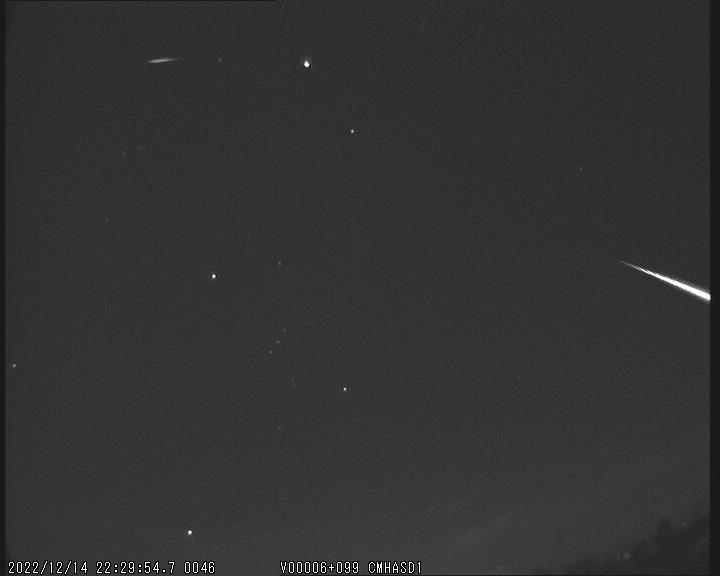

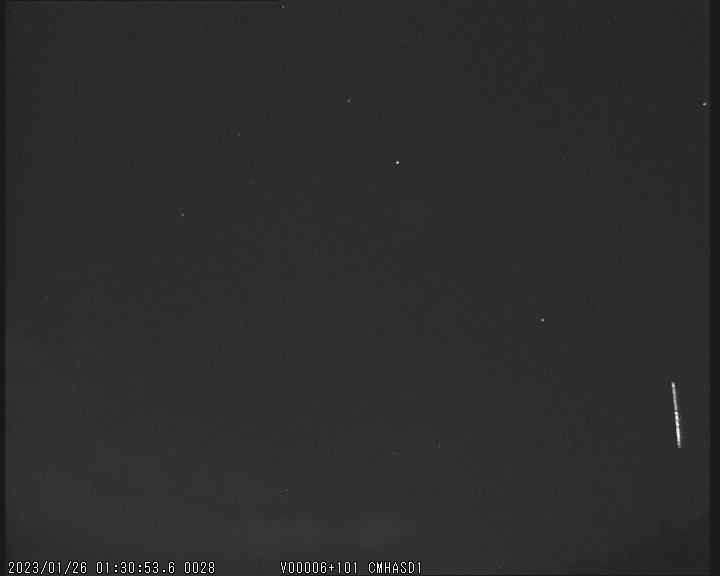



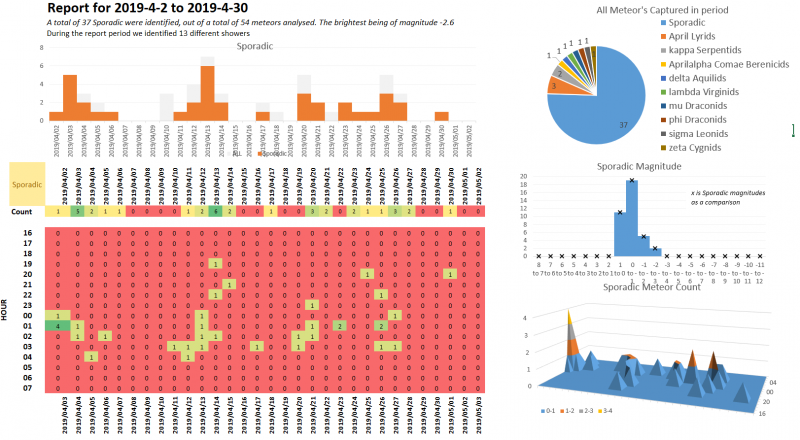
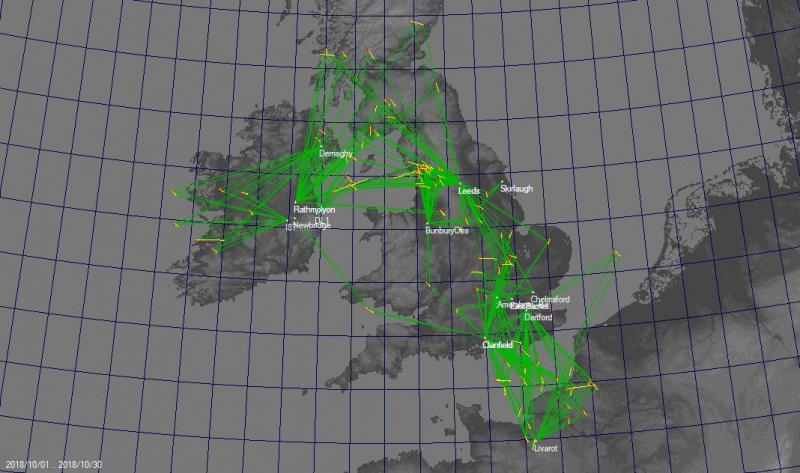
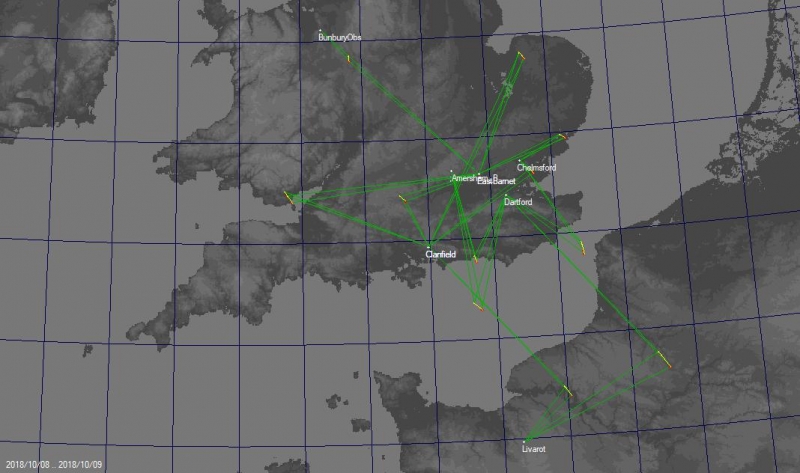

![11 Meteors were observed by others in the Nematode group resulting in these orbits Perseid orbits 2018[3450]](https://crayfordmanorastro.com/wp-content/gallery/meteor/Perseid-orbits-20183450.png)
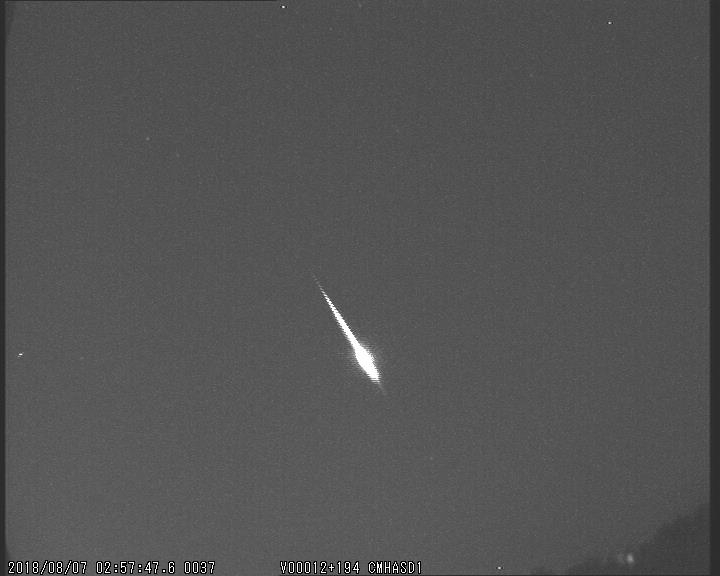
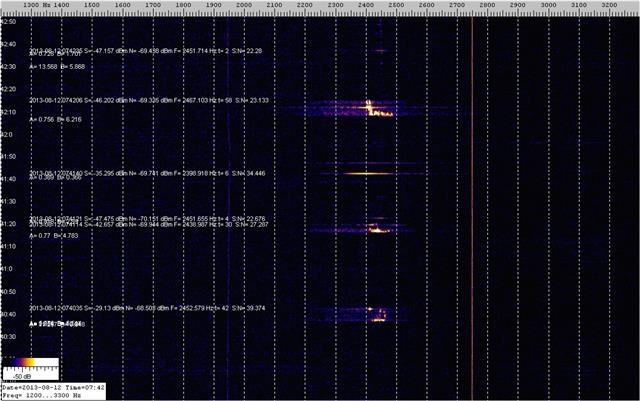

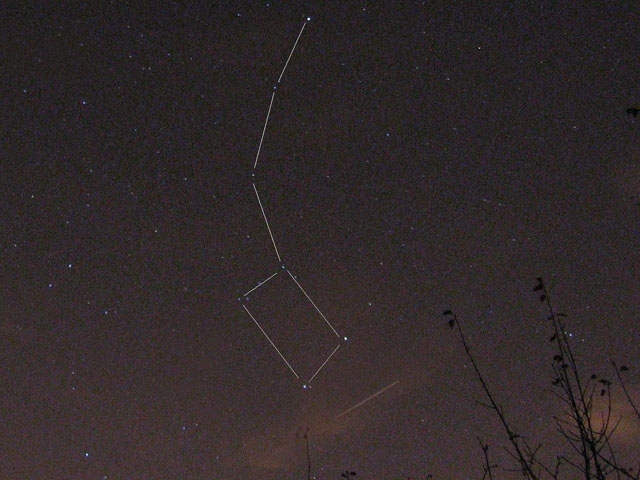

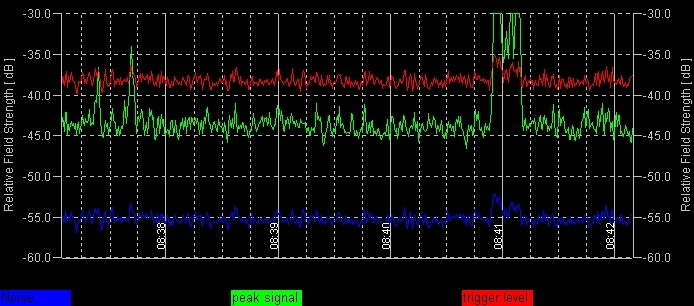

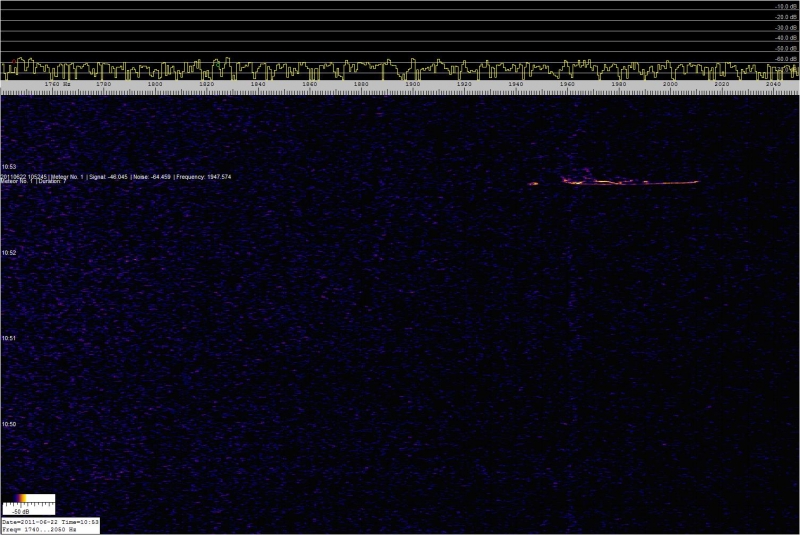


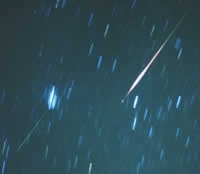
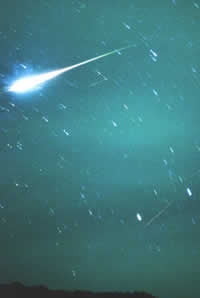

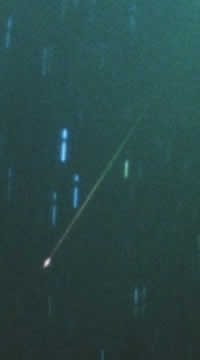
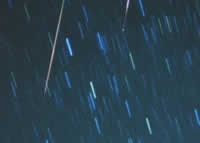
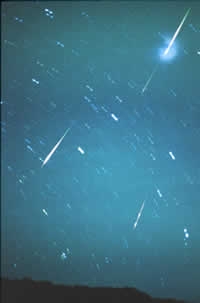


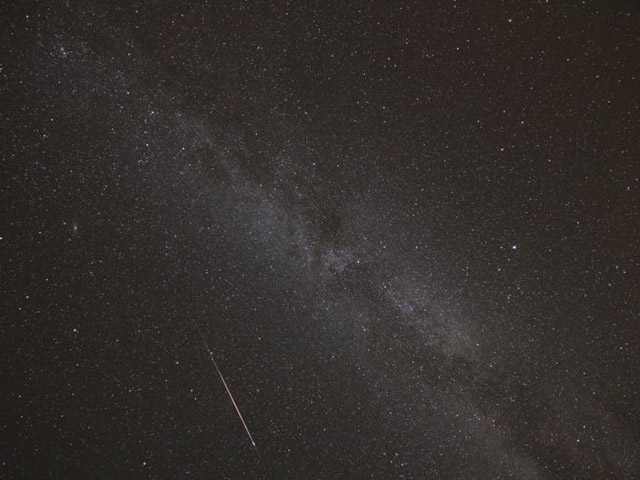
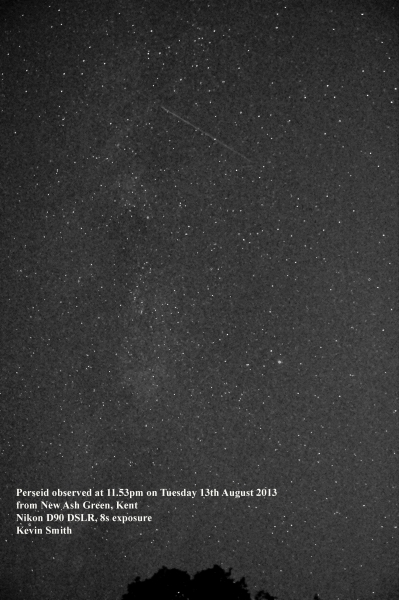


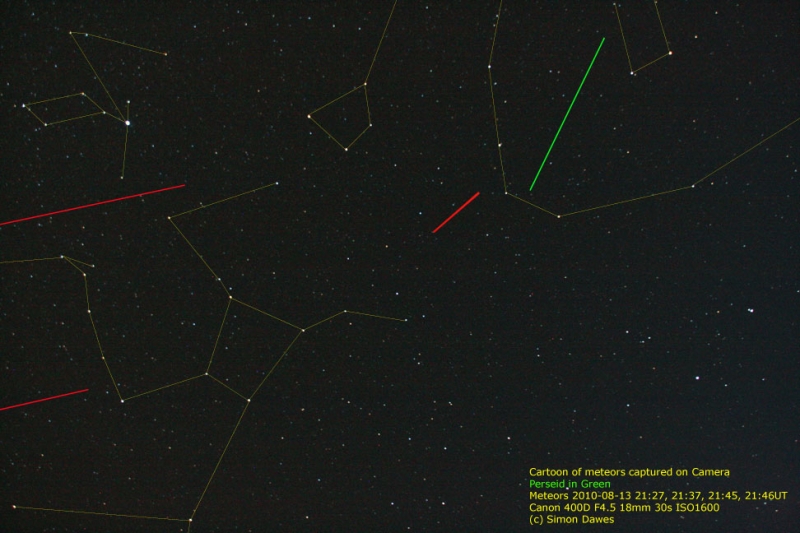
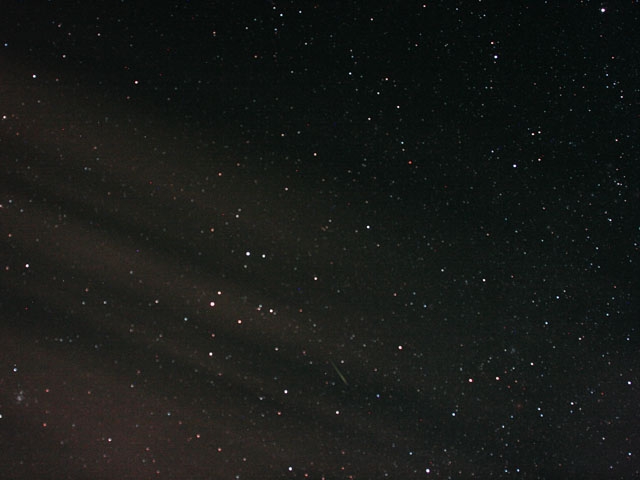

Main Meteor Showers
(link to dedicated page)
(link to radiant map)